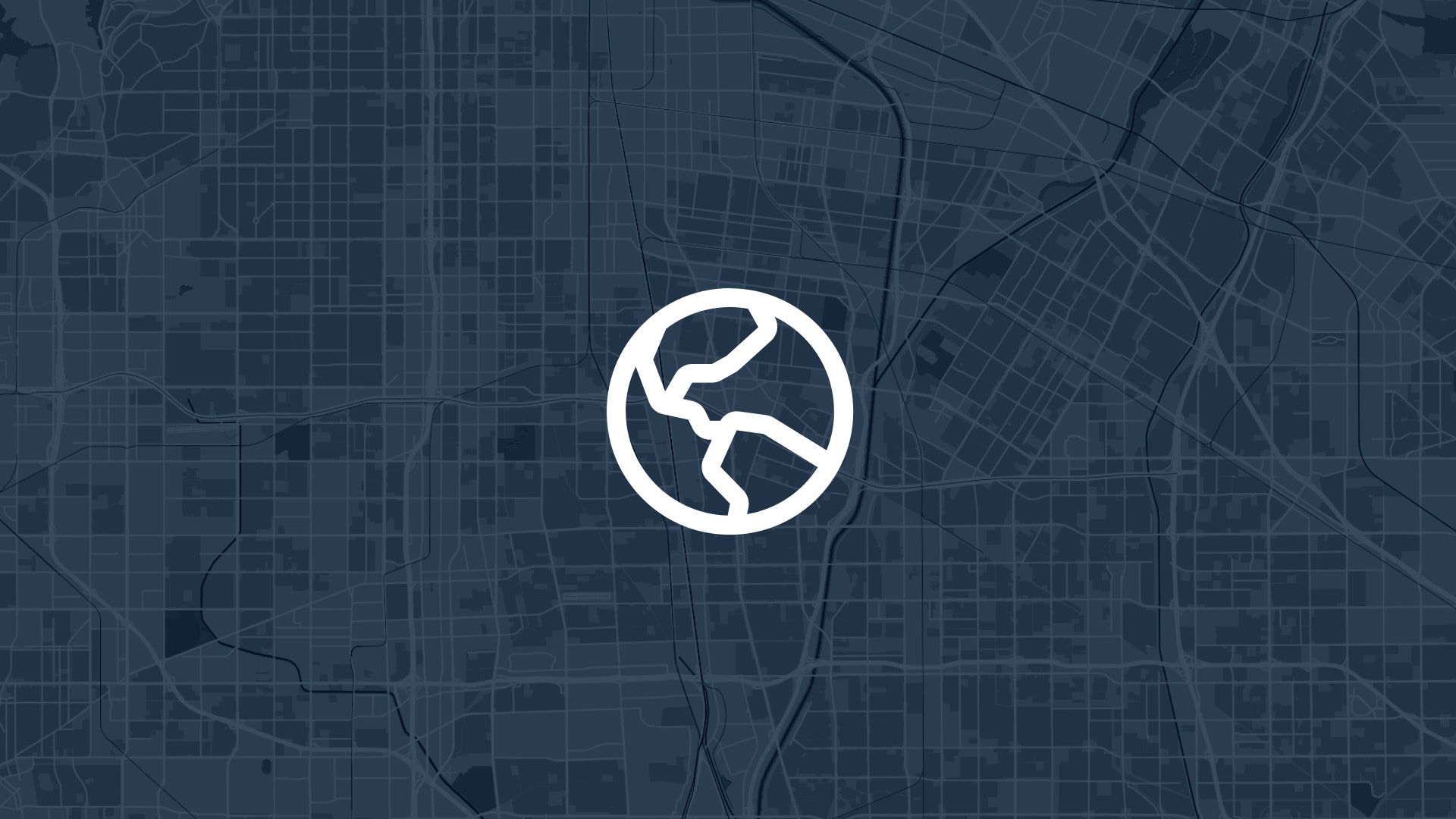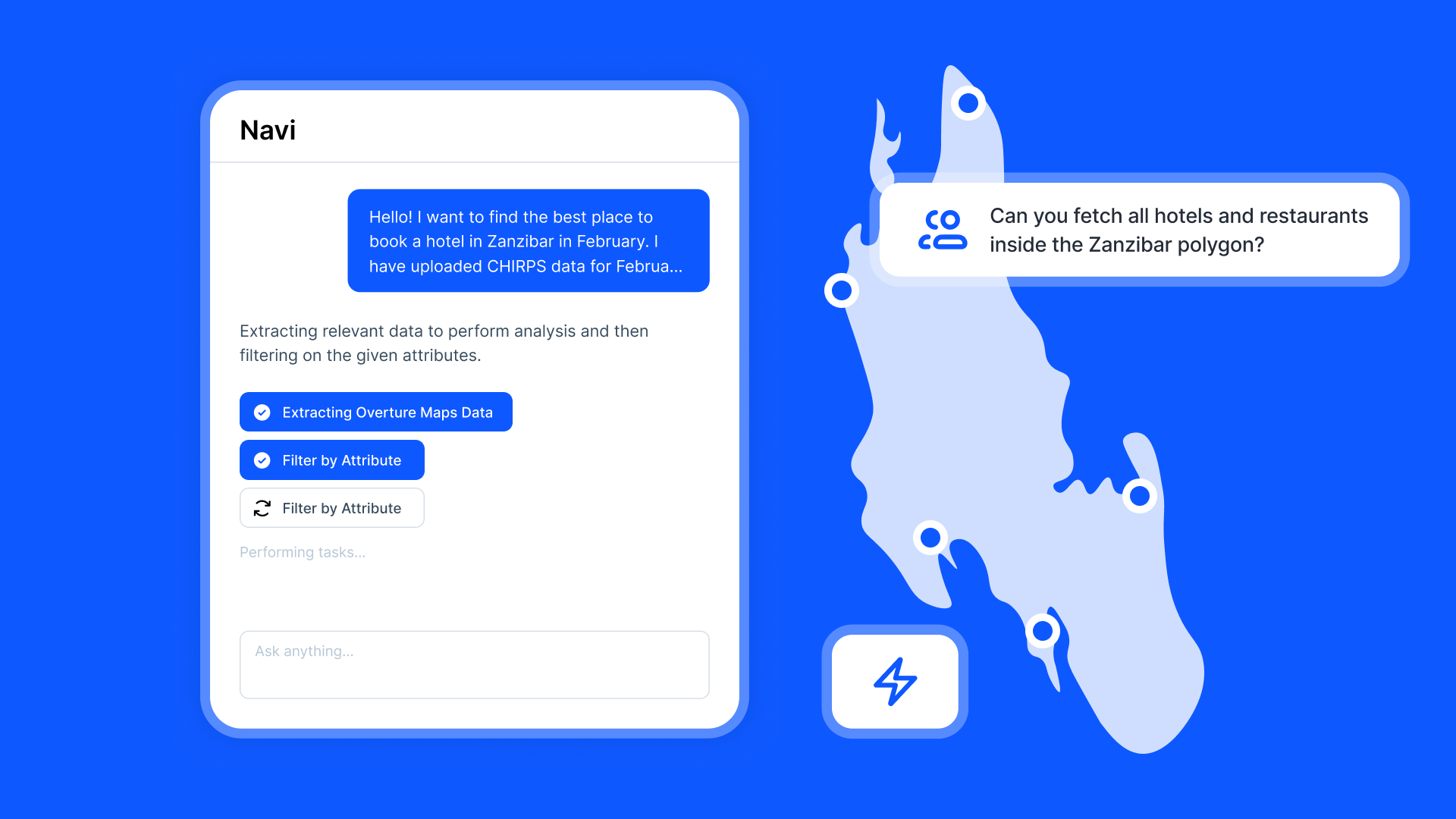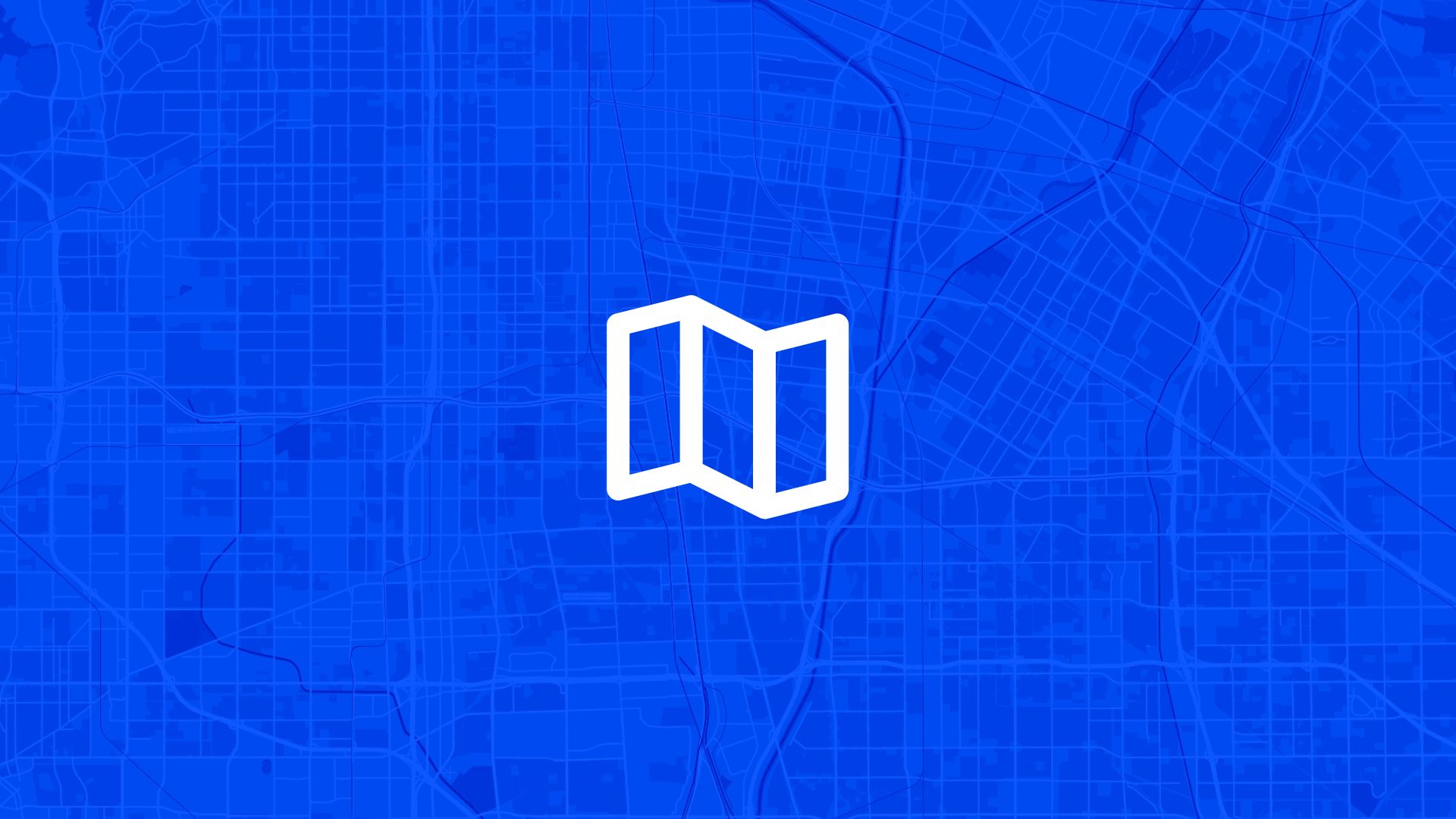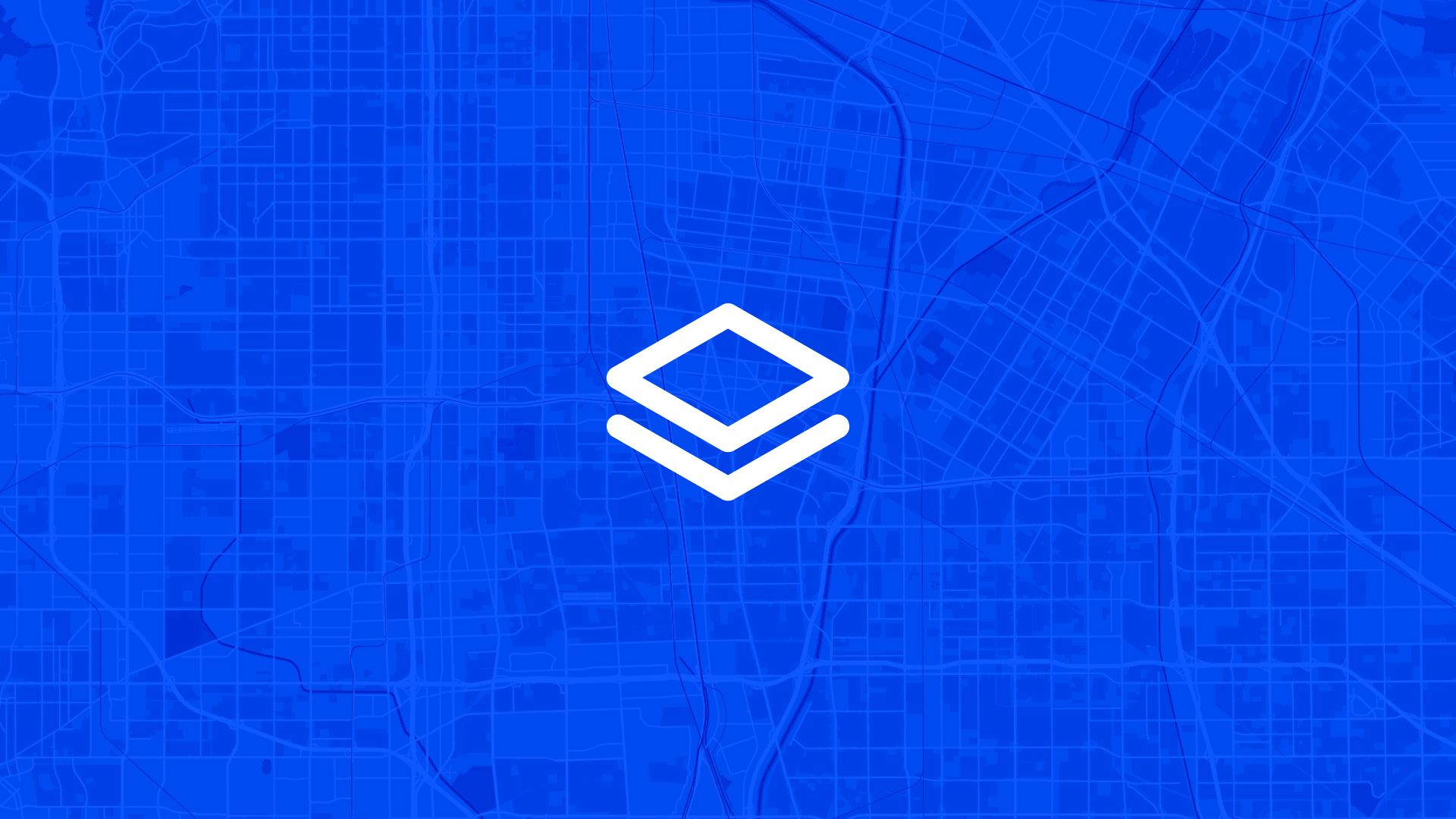The most successful new projects start with comprehensive public engagement that shows residents exactly what's being proposed and where.
If your new project launches with only written descriptions, technical drawings, or general announcements that lack geographic context, you're missing the early community input that shapes better project outcomes. That's why experienced project managers ask: can we create a public engagement map from day one that visualizes our new project and enables community participation throughout development?
With Atlas, you can create public engagement maps for new projects that combine project visualization with community input capabilities from the very beginning. No delayed engagement, no disconnected feedback processes, no confusion about project scope and location. Everything starts with clear spatial communication and meaningful participation opportunities.
Here's how to set it up step by step.
Why Early Public Engagement Mapping Matters for New Projects
Creating public engagement maps at project launch enables better community understanding and more effective stakeholder participation throughout project development.
So early public engagement mapping isn't just good communication—it's essential project management that creates better outcomes through informed community participation and collaborative development processes.
Step 1: Set Up Your New Project Map with Complete Context
Atlas makes it easy to create comprehensive new project engagement mapping:
- Upload project site boundaries showing exactly where development, construction, or improvements will occur
- Add existing conditions including current land use, infrastructure, and community features that provide context
- Import surrounding area information showing neighborhoods, schools, businesses, and other facilities that may be affected
- Include environmental features like waterways, parks, or natural areas that influence project planning and community concerns
Once configured, your project map provides the geographic foundation for informed community engagement and stakeholder participation.
Step 2: Visualize Project Components and Development Phases
Next, create clear project visualization that helps residents understand what's being proposed:
You can visualize different project elements:
- Building footprints and structures showing proposed facilities, housing, or commercial development
- Infrastructure improvements including roads, utilities, parking, and transportation connections
- Public spaces and amenities highlighting parks, plazas, community facilities, or recreational features
- Construction phases indicating project timeline and sequencing of different development components
- Access and circulation showing how people will move through and around the completed project
- Environmental features including stormwater management, landscaping, or sustainability elements
Each project component gets clear visual styling that makes the proposal immediately understandable to community members.
Step 3: Enable Location-Specific Community Input from Project Launch
To collect meaningful feedback about project design and impacts:
- Create comment areas throughout the project site where residents can provide input on specific design elements
- Set up feedback categories for concerns, suggestions, questions, and support related to different project aspects
- Add impact discussion areas where community members can share knowledge about traffic, environmental, or neighborhood effects
- Include alternative suggestion capabilities allowing residents to propose design modifications or improvements
- Configure priority input so community members can indicate which project elements matter most to them
Community engagement becomes an integral part of project development from the very beginning.
Step 4: Design Accessible Public Participation
To make project engagement inclusive and straightforward for all community members:
- Create simple map access through shareable links that work on any device without requiring technical expertise
- Design clear project information with visual explanations and plain language descriptions of proposed development
- Set up anonymous options so residents can provide honest feedback without privacy concerns
- Configure multilingual support to accommodate diverse community languages and communication preferences
- Add accessibility features ensuring people with disabilities can participate fully in project engagement
Public participation becomes accessible to all stakeholders regardless of technical experience or resources.
Step 5: Moderate and Organize Community Input Throughout Development
To manage project engagement effectively while building community support:
- Create input organization systems grouping feedback by project phase, location, and type of concern or suggestion
- Set up response procedures showing how project teams will address community input and incorporate suggestions
- Design regular update schedules keeping residents informed about project progress and how their input influences development
- Configure notification systems that alert interested community members about project milestones and engagement opportunities
- Establish transparent communication showing how community feedback shapes project design and implementation decisions
Also read: Create a Public Feedback Map for a Project
Step 6: Integrate Engagement with Project Management and Decision-Making
Now that public engagement is built into project mapping:
- Generate community input reports summarizing stakeholder feedback by project component and development phase
- Create design modification documentation showing how community suggestions influence project planning and implementation
- Set up stakeholder communication keeping all interested parties informed about project progress and community engagement outcomes
- Design approval process integration incorporating community input into planning commission, city council, or board review processes
- Export engagement data for integration with project management systems, regulatory filings, or funding applications
Your public engagement mapping becomes part of comprehensive, community-responsive project development and implementation.
Use Cases
Creating public engagement maps for new projects is useful for:
- Development companies building community support and gathering input on residential, commercial, or mixed-use projects
- Municipal agencies engaging residents in public facility construction, infrastructure improvements, or service delivery projects
- Transportation departments collecting community feedback on road improvements, transit projects, or mobility infrastructure
- Educational institutions involving communities in school construction, campus development, or facility improvement projects
- Non-profit organizations facilitating community participation in neighborhood improvement, housing, or social service projects
It's essential for any new project where early community engagement and ongoing stakeholder participation improve outcomes and build public support.
Tips
- Launch engagement early in project development when community input can still influence major design and planning decisions
- Provide clear project timelines so community members understand when their input will be most valuable and influential
- Create regular engagement touchpoints throughout project development rather than single engagement events
- Combine map engagement with meetings including virtual and in-person opportunities for comprehensive community participation
- Show how input matters by documenting and communicating how community feedback influences project design and implementation
Creating public engagement maps for new projects in Atlas enables comprehensive community participation.
No separate engagement platforms needed. Just visualize project components, enable community input, and create the transparent development process that connects community knowledge with better project outcomes from day one.
Planning and Public Feedback with Atlas
When you're planning projects that affect communities, the challenge isn't just creating good technical solutions—it's making sure those solutions work for the people who will live with them.
Atlas gives you the tools to make planning truly participatory: one map for proposals, community input, and transparent decision-making.
Share Plans and Collect Location-Specific Input
You can:
- Upload planning proposals with clear visual context and project details
- Enable public comments tied to specific geographic locations and planning elements
- Moderate and organize community feedback for meaningful analysis and response
Also read: Add Public Amenities to a Community Map
Build Transparent, Responsive Planning Processes
Atlas lets you:
- Show how public input influences planning decisions and proposal modifications
- Create comprehensive engagement records for planning commission review and public accountability
- Export community feedback for integration with planning workflows and decision documentation
That means no more disconnected public input, and no more questions about whether community voices actually matter in planning decisions.
Plan Better with Community Knowledge
Whether you're updating comprehensive plans, reviewing development proposals, or planning infrastructure improvements, Atlas helps you tap into local knowledge that makes plans work better for everyone.
It's community-centered planning—designed for genuine public participation.
Boost Your Planning Process with the Right Tools
Planning moves fast, but communities need time to understand and respond to proposals. Whether you're collecting input, analyzing feedback, coordinating stakeholders, or making decisions—clarity and participation matter.
Atlas gives you both.
In this article, we covered how to create a public engagement map for a new project, but that's just one of many things you can do with Atlas.
From project visualization to community engagement, stakeholder coordination, and transparent development, Atlas makes complex project planning accessible and participatory. All from your browser. No project management expertise needed.
So whether you're launching development projects, infrastructure improvements, or community initiatives, Atlas helps you move from "announcing projects" to "engaging communities" faster.
Sign up for free or book a walkthrough today.





